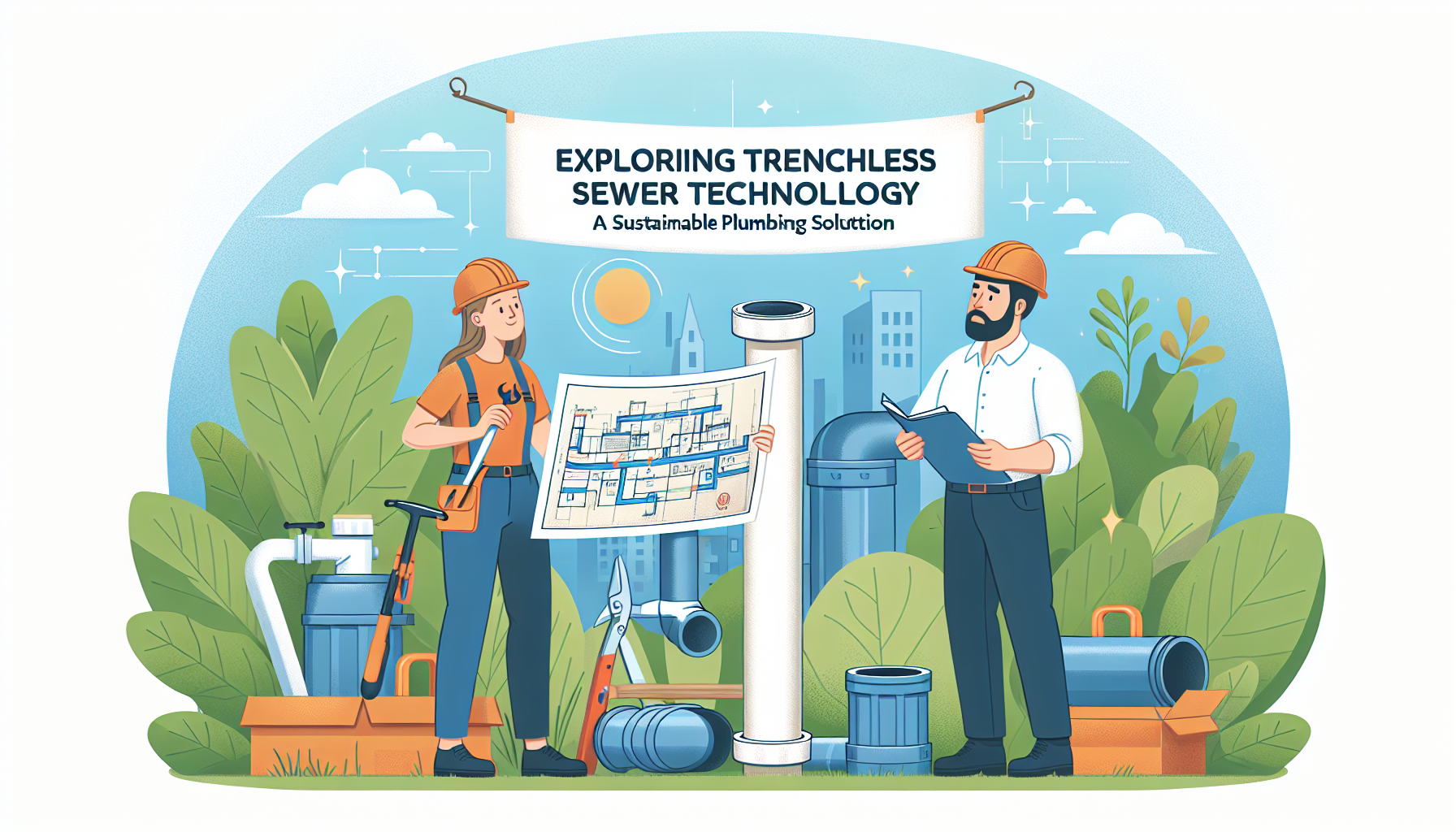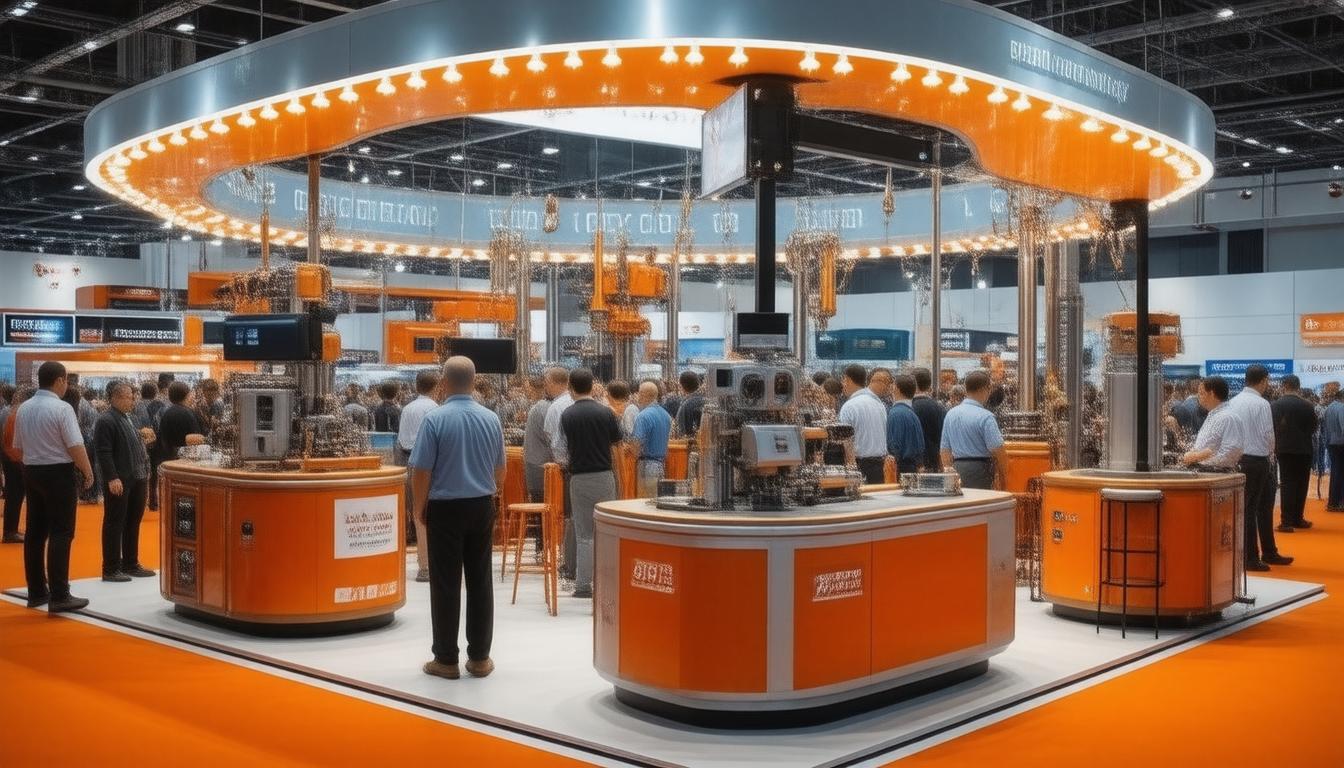
Trenchless sewer technology has revolutionized the field of plumbing by offering a sustainable and less invasive alternative to traditional sewer repair and replacement methods. Trenchless sewer repair is an innovative process that allows for the fixing or replacement of underground sewer lines without the need for extensive excavation. This technology provides a quicker, cleaner, and more eco-friendly approach to maintaining the integrity of a city’s or property’s sewer infrastructure.
The Evolution of Trenchless MethodsTrenchless technology has evolved significantly since its inception. Initially used for small scale repairs, it has quickly become a go-to method for a wide range of applications. Techniques such as ‘pipe bursting’ and ‘cured-in-place pipe’ (CIPP) lining are among the most popular methods used today. These methods not only minimize environmental impact but also reduce the disruption to traffic and local communities by limiting the size of the operation site.
The Advantages of Going TrenchlessThe primary benefit of trenchless sewer repair is its minimal environmental impact. Traditional methods involve extensive excavation, which can disrupt ecosystems, destroy landscaping, and create substantial waste. On the contrary, trenchless technology requires only small access holes to reach the pipes in need of repair. This translates into several advantages:
– Reduced Ecological Footprint: Limiting excavation conserves the surrounding soil and reduces the risk of harming local wildlife habitats or uprooting trees.
– Lower Costs: Trenchless repairs often cost less because they require less labor, fewer raw materials, and involve lower restoration expenses since there’s minimal disruption to the landscape.
– Quick Turnaround Time: A trenchless sewer repair can typically be completed in a fraction of the time it takes to perform traditional excavation.
Two main types of trenchless repair methods dominate the sector:
– Pipe Bursting: This method involves breaking the old pipe while simultaneously pulling a new pipe into place. It’s often used when an old line is too damaged to be relined.
– Cured-in-Place Pipe (CIPP): CIPP involves inserting and then curing a resin-filled liner inside the old pipe, creating a “pipe within a pipe.” This method is highly effective for fixing leaks and restoring structural stability.
These methods can be used for various pipe materials, including clay, cast iron, PVC, and concrete pipes.
Challenges and ConsiderationsWhile trenchless sewer technology offers many benefits, it also comes with its own set of challenges. For instance, the initial investment in equipment and training can be significant. It also may not be suitable for every situation; severe pipe collapses or specific soil conditions may necessitate traditional excavation methods.
It is also crucial to work with skilled professionals who are trained in using these techniques to ensure the integrity of the repair and to avoid further damage to the existing infrastructure.
The Future of Trenchless TechnologyTrenchless sewer technology is rapidly becoming the method of choice for many municipalities and homeowners. As environmental regulations become more stringent and the public becomes more eco-conscious, the demand for sustainable solutions in all areas of infrastructure is growing. Trenchless technology stands at the forefront of this change, presenting an opportunity to maintain our essential sewer systems while reducing our carbon footprint.
Innovation in trenchless technology continues to advance, with new materials and techniques that promise even more efficient and sustainable results. As the industry evolves, trenchless methods are expected to become more cost-effective and accessible, offering a clear path forward in urban planning and environmental stewardship.
In conclusion, trenchless sewer technology signifies a leap forward in sustainable plumbing solutions. With considerable environmental and economic benefits, it’s a method that not only meets the needs of the present but also paves the way for a greener future.






